Isadora Duncan (1877-1927). Isadora Duncan is known as "The Mother of Modern Dance." Born in San Francisco, she sought to restore dance to its original purpose: to express the deepest aspects of the soul. She felt that ballet was unnatural and believed that all movement derived from the simplest of human movements -- walking, running, skipping, jumping, and standing. She was influenced by the beauty of the Greeks and their art form, "I naturally fall into the Greek positions, for the Greek positions are only earth positions." Isadora freed the body, mind, and spirit and restored dance to its rightful place as the noblest of the arts. She educated people about our vital integration with the great scheme of nature and encouraged us to be in harmony with our environment. As a creative artist, Isadora Duncan is one of our giants in the contribution to the Arts.
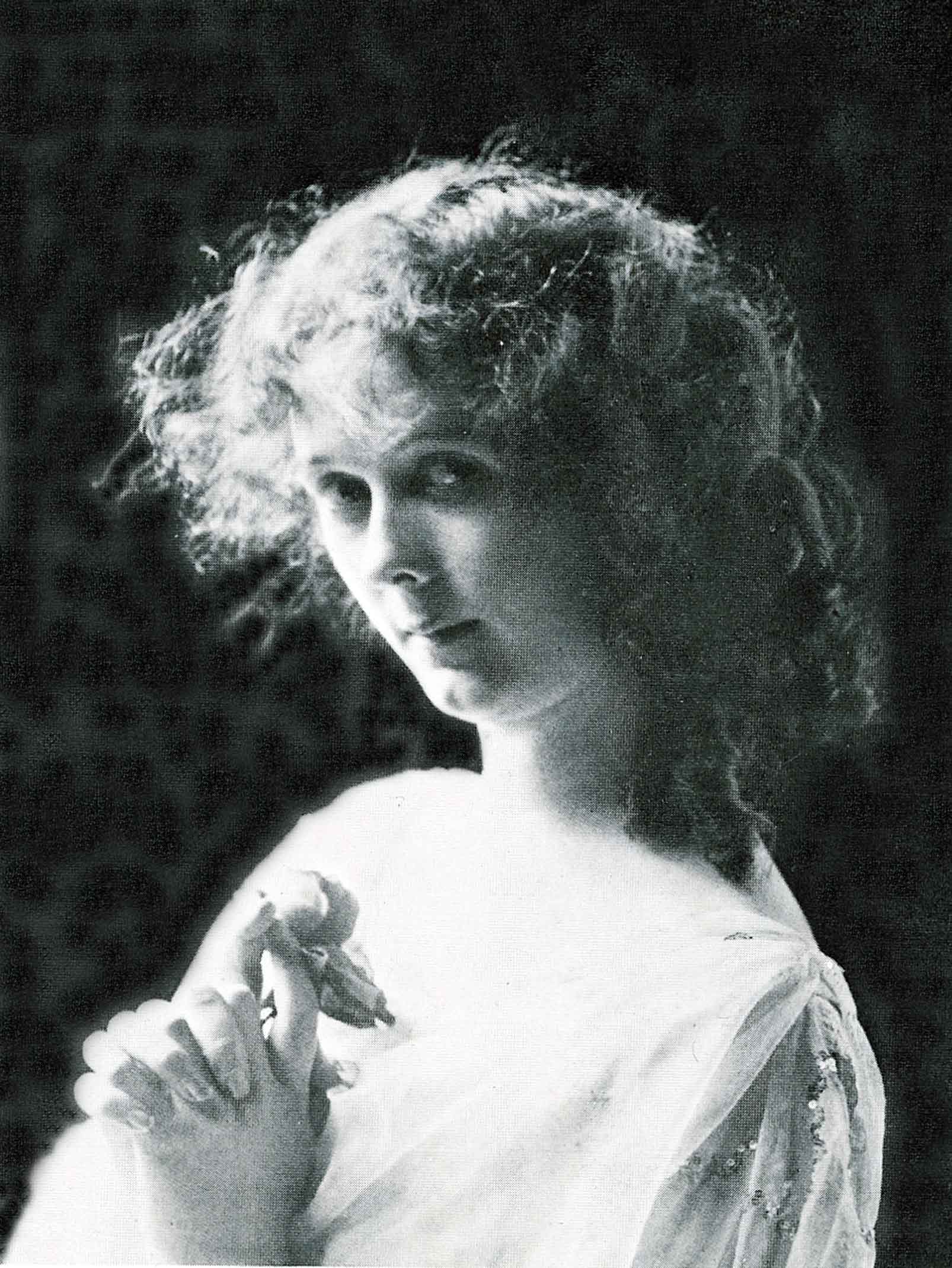
Isadora Duncan
The Isadorables. Six of Isadora's senior students, who adopted Isadora's surname, were known as the "Isadorables." These were Irma Erich-Grimme (1897-1977), Anna Denzler (1894-1980), Maria-Teresa Kruger (1895-1987), Margot (Gretel) Jehle (1900-1925), Elizabeth (Lisa) Milker (1898-1976), and Erica Lohmann (1901-1984).
Hortense Kooluris (1914-2007). Born in Brooklyn, N.Y., Hortense Kooluris initially studied dance with Anita Zahn and Erna Lane. Later, she studied with three of the six Isadorables -- Irma, Anna, and Maria-Theresa Duncan, and danced in Irma's company. In 1977, she and Julia Levien founded the Isadora Duncan Centenary Company that was instrumental in the revival of the Duncan dance. A wonderful dancer and dance teacher, she was also a great storyteller. She loved to describe the funny things that happened during her 1930 trip to Cuba as part of Irma Duncan's dance company.
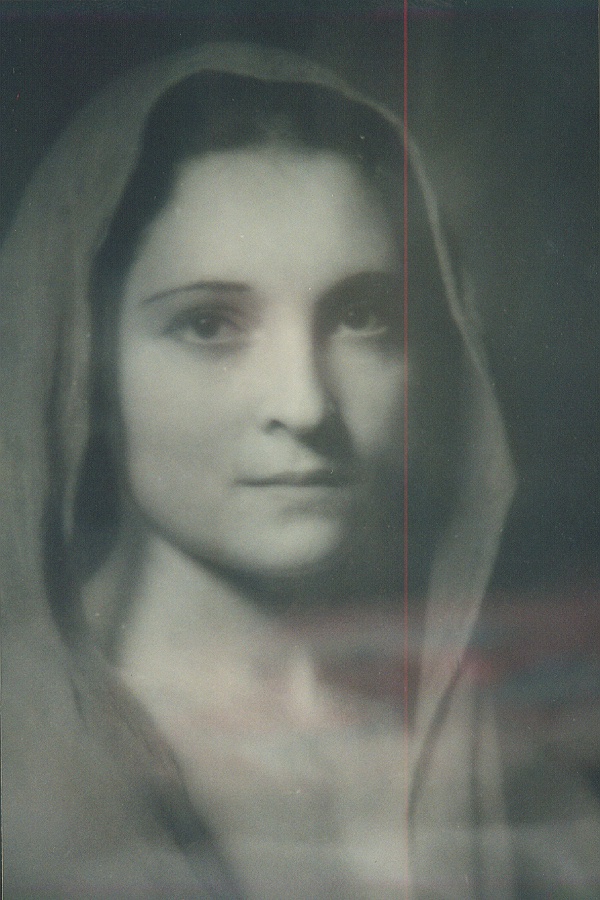
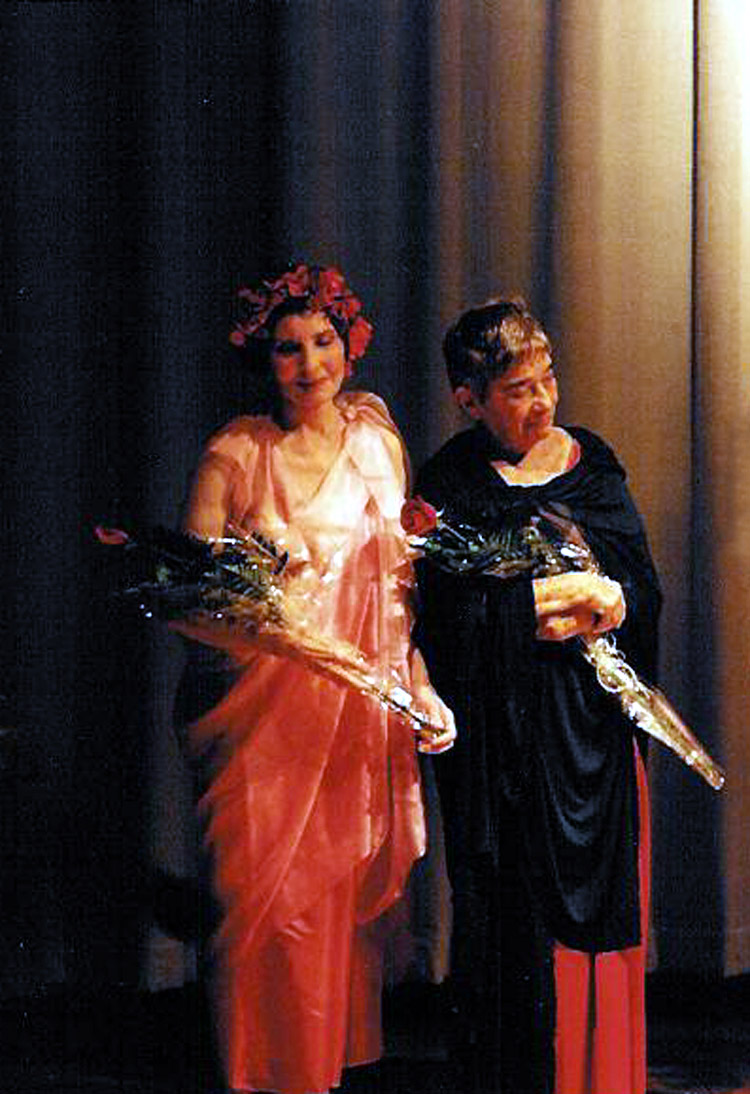
Hortense Kooluris (1939) Hortense Kooluris (left) and Julia Levin (right)
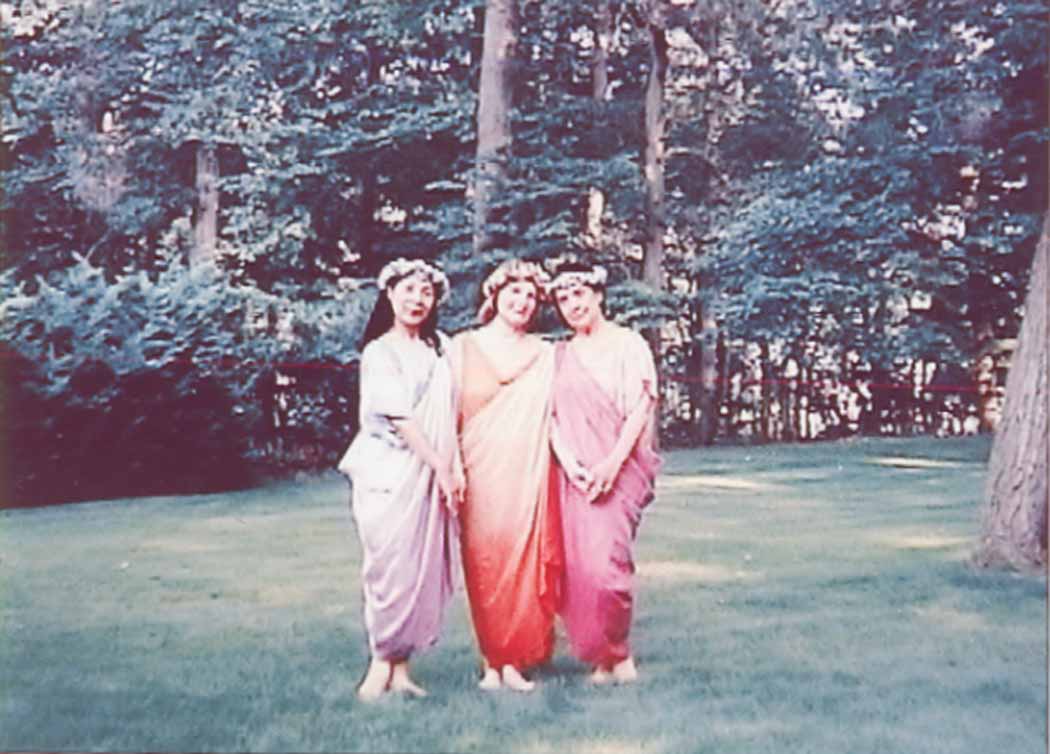
Reiko Morita (left), Hortense Kooluris (center), and Roberta Hoffman (right)
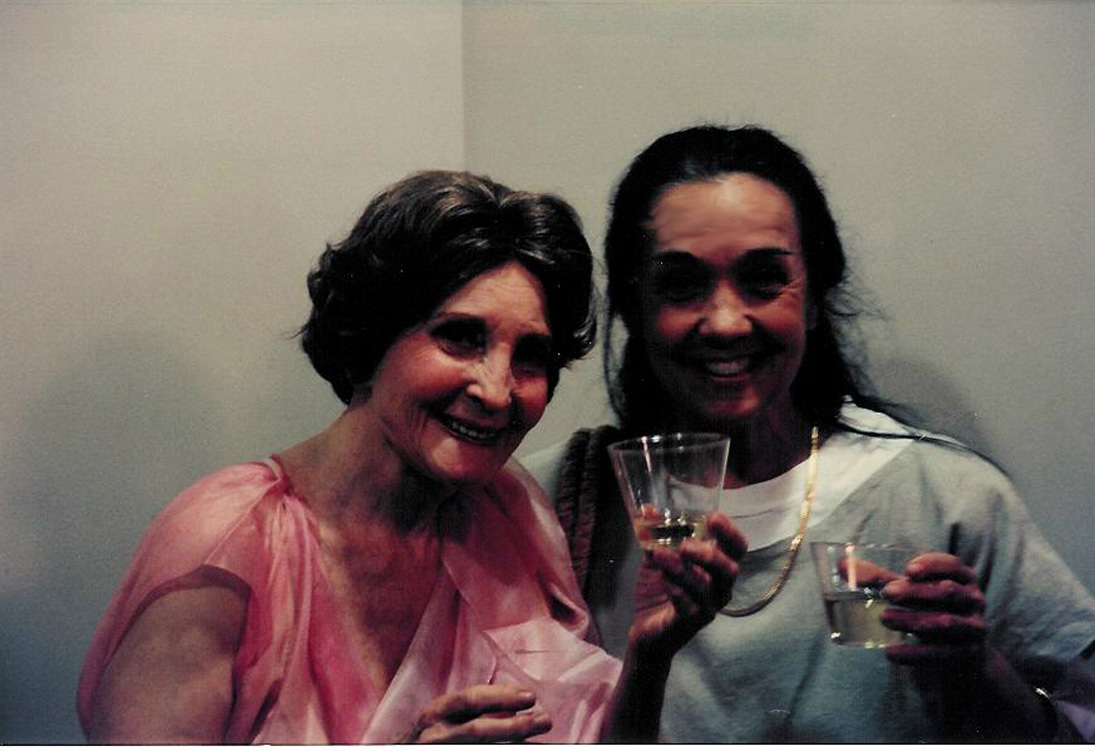
Hortense Kooluris (left) and Roberta Hoffman (right)
Julia Levin (1911-2006). Born in the Bronx, N.Y., Julia Levien studied with Anna Duncan, one of the Isadorables, and later performed in the companies of both Anna and Irma Duncan. In the 1950s, she organized the Duncan Dance Guild In 1977, she and Hortense Kooluris founded the Isadora Duncan Centenary Company that was instrumental in the revival of the Duncan dance. An author, as well as a wonderful dancer and teacher, she wrote and illustrated Duncan Dance, a Guide for Young People (1994).
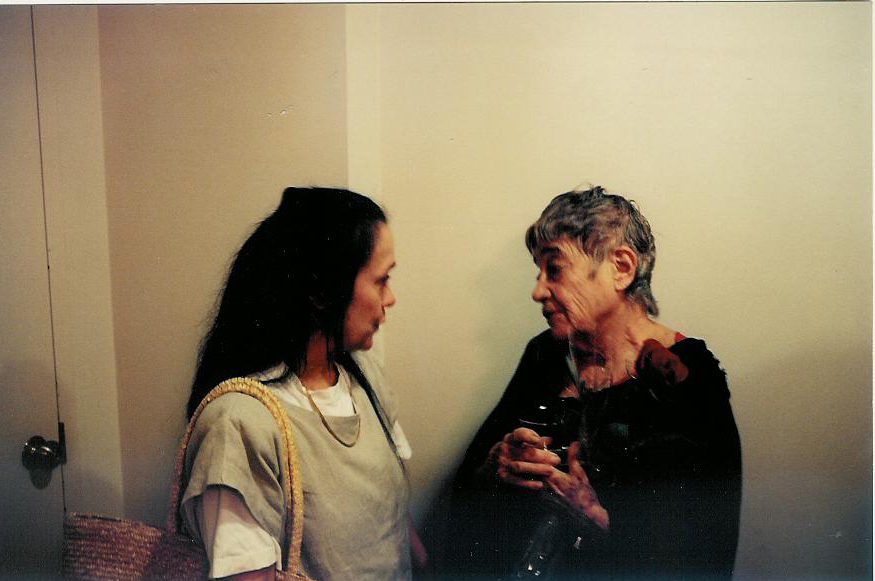
Julia Levien (right) and Robierta Hoffman (left)
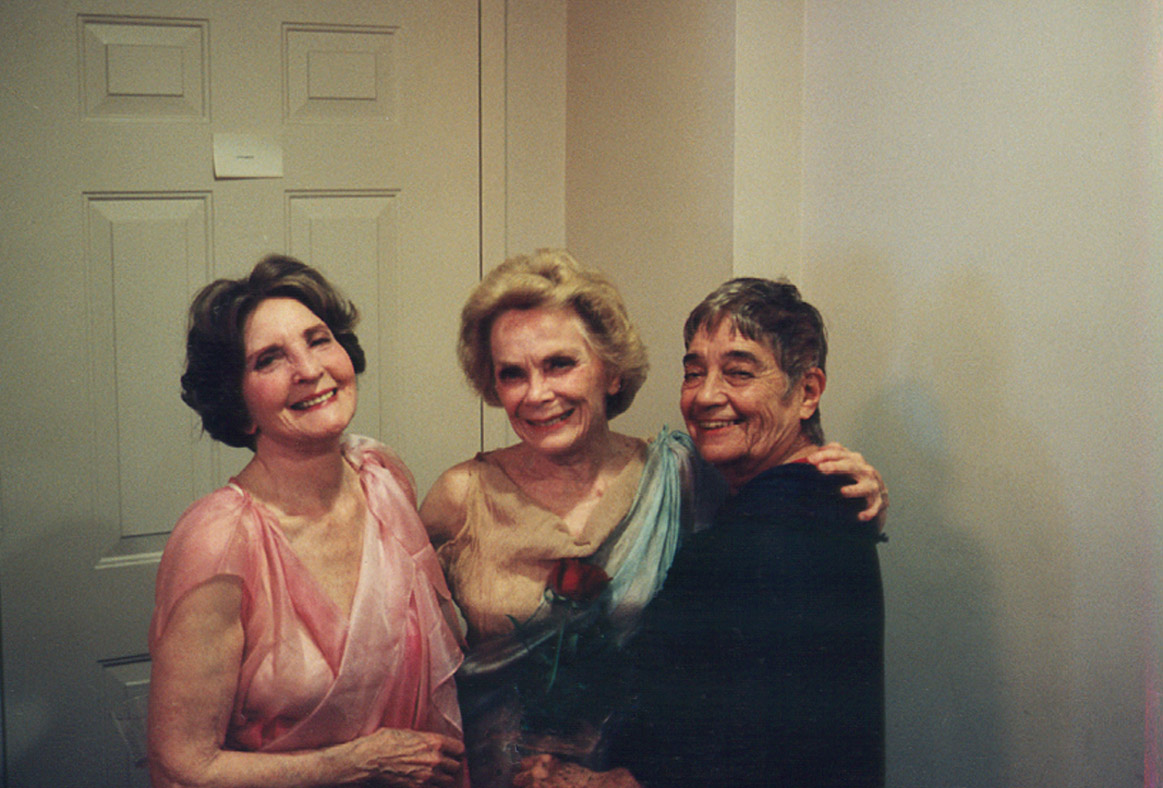
Hortense Kooluris (left), Gemze deLappe (center), and Julia Levien (right)
Roberta Hoffman. Roberta Hoffman was introduced to Duncan dance by Jeanne Bresciani, when they both were graduate students at New York University in the early 1970s. Lori Belilove had just established a wonderful studio that attracted both new and established Duncan dancers. Ms. Hoffman then studied the Duncan dance with Lori Belilove, Hortense Kooluris, Julia Levien, Catherine Gallant, Jeanne Bresciani, and Annabelle Gamson.
The 1970s Duncan Dance Revival. Duncan Dance in New York received a substantial boost in the early 1970s with the opening of a studio by Lori Belilove (The Isadora Duncan Dance Foundation). It is fair to say that had it not been for Lori, Duncan dance in New York would not be where it is today. Her studio provided a place for ongoing classes and rigorous summer intensive workshops (without the benefit of air conditioning). Many, many people came to her classes and workshops and there was much excitement in the dance community. Hortense Kooruris and Julia Levien were frequent guest teachers. A male Duncan dancer regularly served lemonade at the break (which was greatly appreciated). Each class was conducted under the close observation of Lori's large, fluffy, Persian cat, who would occasionally participate by walking slowly across the floor. It was a time of great joy.